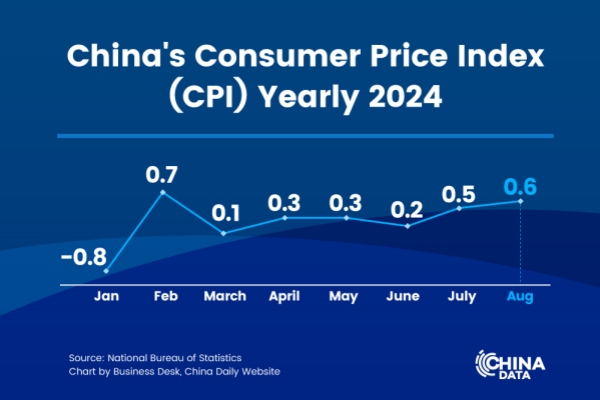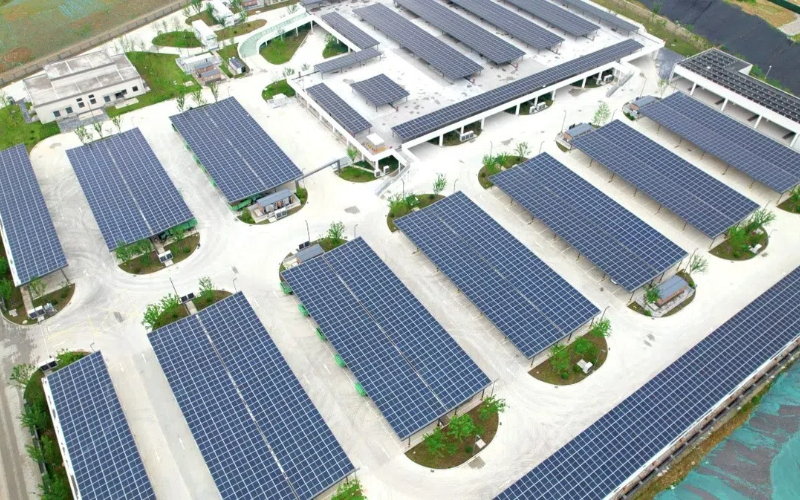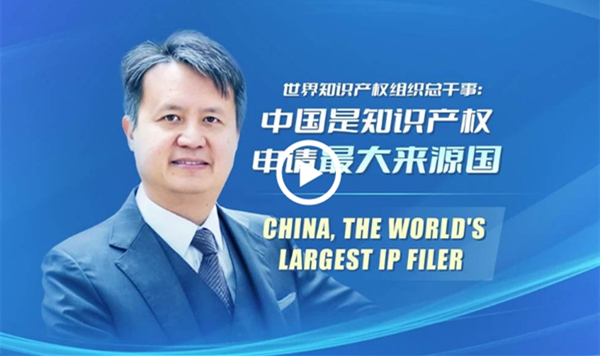China's CPI up 0.6% in August

China's consumer prices continued to rise in August amid a sustained recovery of domestic demand, while declines in producer prices indicated more time needed for market sentiment to get fully restored.
The consumer price index (CPI), a main gauge of inflation, was up 0.6 percent year-on-year last month, quickening from the 0.5 percent increase in July, the National Bureau of Statistics (NBS) said in a statement. On a monthly basis, the CPI grew 0.4 percent in August, slightly lower than the 0.5 percent increase in July.
NBS statistician Dong Lijuan attributed the price changes last month to factors including high temperatures and frequent rainfall in the summer.
In breakdown, food prices, up 2.8 percent year-on-year and 3.4 percent on a monthly basis, became the major contributor to the overall price increase. Prices of eggs, vegetables and fruits gained because of downpours in multiple regions, and pork prices also climbed with reduced production capacity and strong market expectations.
Non-food prices remained moderate due in part to falling demand for travel and hospitality as summer vacation was coming to an end.
NBS data also showed China's producer price index (PPI), which measures costs for goods at the factory gate, went down 1.8 percent year-on-year in August, bigger than a 0.8 percent year-on-year dip registered in July.
The PPI decrease was due to insufficient market demand and the downward trend in prices of some international commodities, Dong said.
Analysts believe the consumer and producer prices in August point to warming domestic demand, while also calling for more to further improve market expectations.
China in March unveiled a program of promoting large-scale equipment upgrades and consumer goods trade-ins in an effort to stimulate domestic demand and shore up the economy. Under the program, factories are encouraged to replace old machines with advanced new ones, and individual consumers can enjoy subsidies on automobiles and home appliances, among others.
Recently, the central government added policy support for the program, arranging 150 billion yuan ($21 billion) of ultra-long special treasury bonds to help local policy implementation. Multiple regions including Hunan, Guangdong and Shanghai have rolled out specific plans.
Feng Lin, a researcher of Golden Credit Rating, said the government measures will boost the growth of consumer goods by 2 percentage points this year, making consumption a stronger economic driver in the second half.
Previously, the National Development and Reform Commission predicted this round of upgrades of automobiles and home appliances would generate market demand worth 1 trillion yuan.
On the industrial side, although the falling PPI suggested insufficient demand in August, analysts believe more bright spots are emerging.
Wen Tao, an analyst at the China Logistics Information Center, said the manufacturing sector gathered steam with stronger new growth drivers, such as the production of equipment and high-tech products, because of industrial resilience and effective government policies.
With the development of such new growth drivers, China has also seen steady improvement of industrial structure, Wen said.





